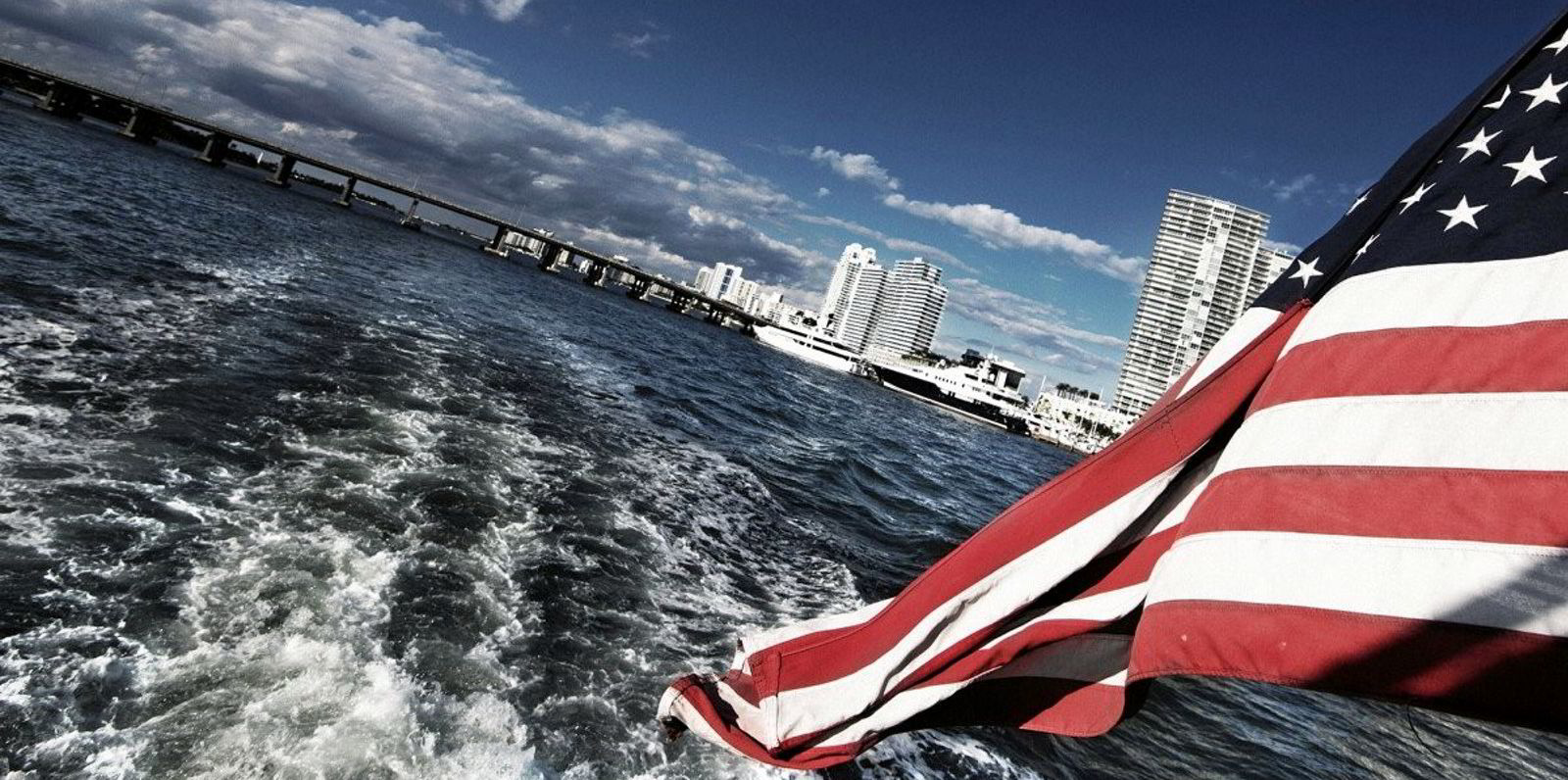US-flag shipping emits more carbon than we thought only a few months ago, at least according to one group’s estimate.
In April, the green group Ocean Conservancy and consultancy UMAS released a report estimating that America’s domestic vessel fleet pumped out 20.4m tonnes of CO2 in 2018, excluding fishing vessels.
A new report by the Blue Sky Maritime Coalition (BSMC) calculated that some 45.4m tonnes of carbon were emitted by US-flag cargo vessels, passenger ships, tugs and offshore vessels.
Together, US and Canadian-flag vessels pumped out 47m tonnes of CO2 in 2018, and the two countries’ ports added another 19m tonnes.
The two reports used different methodologies — the Ocean Conservancy and UMAS built their estimate on ship tracking data, while BSMC focussed on operating profiles and fuel consumption — but they both show the mountain that the US shipping sector will have to climb to zero out its carbon footprint.
BSMC, a non-profit whose members include vessel owners and operators in North America, estimates that to replace the 15m tonnes of fuel oil used by US-flag shipping in 2018, it would take 31.1m tonnes of green methanol, which is taking a leading role in net zero fuels.
To replace 25% of that fuel oil by 2030 would take 7.8m tonnes of green methanol.
Similarly, it would take 12.9m tonnes of carbon-neutral e-LNG or 27.5m tonnes of green ammonia. (It would only take 5.2m tonnes of hydrogen, but the volume that would take would be gargantuan, equating to 72.7m cubic metres compared to just 15.5m for fuel oil.)
To achieve a net zero greenhouse gas footprint would then require carbon capture or renewable energy — and lots of it.
To produce 5.2m tonnes of green hydrogen— the key building block for ammonia and methanol — in 2030 would take 9% of the US’ total renewable energy generation, BSMC estimated.

In addition to that hurdle, there’s another challenge: US maritime sector is not set up to tackle carbon.
“Although the emissions reduction potential is significant, there is no existing commercial structure or agreement in place that aligns the interests of charterers, owners, and investors to decarbonise the [North American Water Transportation] business,” BSMC said.
“BSMC is collaborating with leading decision makers in the industry to create such an arrangement.”
Opportunities
In their report, the Ocean Conservancy and UMAS focused on the opportunity that the US flag fleet represents.
They said the sector is old and under-invested, and an estimated 40% of its energy use could be replaced by zero-emissions solutions before 2030, including electrification.

The report’s authors want to see urgent federal and state-level action to push the US flag toward decarbonisation, opening opportunities for US companies to take a leadership role in low-carbon shipping
“Environmental benefits notwithstanding, there is a large economic prize arising from early action and the premium global positioning this can create in a future multi-trillion dollar market,” Ocean Conservancy and UMAS said.
Delaine McCullough, policy manager for Ocean Conservancy’s shipping emissions programme, said the group wants to see action by the administration of US President Joe Biden and state governments that helps close the gap between clean and carbon-heavy fuels.
And she said a lot has been done with the passage of the $1.2trn bipartisan infrastructure bill signed into law late last year. The law set aside “a historic pool of funding” that amounts to about $10bn to $12bn that could be used, for example, for green hydrogen investments, shipping fuel technology and shore power, McCullough said.
“We want to make sure — and we’ve been having conversations with different parts of the administration — to see that as much of that funding as possible, is actually channelled into decarbonising shipping,” she said.
More on the environment and the business of the ocean
After pressure from environmental groups, the Biden administration has proposed expansion of vessel speed limits off the US East Coast to protect North Atlantic right whales. Click here to read the story.
The Port of Amsterdam and the European H2Ships project have selected a shipyard to build a vessel to run on a solid fuel form of hydrogen from 2023 that is seen as a safer and simpler way to use the zero-carbon fuel in ships. Click here to read the story.
Classification society DNV estimates that a total of 56 vessels able to use methanol as a fuel are now in operation or on order. In its monthly update of the company’s Alternative Fuels Insight, DNV lists oil and chemical tankers and container ships as the sectors with the largest uptake. Click here to read the story.
Maritime Strategies International predicts that most container ships will not meet upcoming carbon regulations. Three-quarters of the boxship fleet will not comply with the International Maritime Organization’s Energy Efficiency Existing Ship Index (EEXI) regulation to be introduced on 1 January 2023. More than half would fail to meet its Carbon Intensity Indicator (CII) measure. Click here to read the story.




